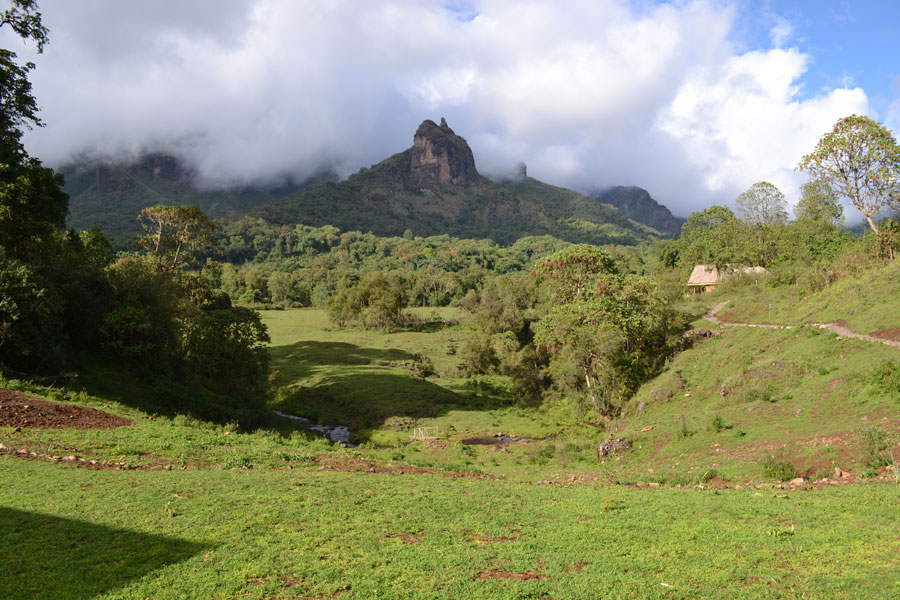The Majesty of Bale Mountains
Ethiopia, a land of astonishing natural beauty, is home to the enigmatic Bale Mountains. These rugged highlands, nestled in the southern part of the country, have long fascinated explorers, scientists, and nature enthusiasts alike. Rising like sentinels above the surrounding lowlands, the Bale Mountains are a prominent feature of Ethiopia’s landscape. In this blog post, we embark on a journey to unravel the mysteries of their prominence, exploring the geological marvels, ecological treasures, and cultural significance that define their allure.
1. Geological Marvels: Nature’s Sculptures
The Story of Geological Forces
To truly understand the prominence of the Bale Mountains, one must delve into their geological history. These mountains are the result of complex geological forces that have shaped their remarkable landscape over millions of years.
Tectonic plate movements, volcanic activity, and erosion have combined to create the stunning features that grace the Bale Mountains. From dramatic escarpments to deep valleys carved by ancient rivers, these geological marvels are a testament to the earth’s ever-changing canvas.
2. Ecological Diversity: A Biodiversity Hotspot
Nurturing Life in the Highlands
One of the most remarkable aspects of the Bale Mountains is their role as an ecological hotspot. Despite their high altitudes and harsh climatic conditions, these mountains support a rich diversity of flora and fauna.
The Afroalpine moorlands and Harenna Forest of the Bale Mountains are home to unique species found nowhere else on Earth. The Ethiopian wolf, the rarest canid in the world, thrives here, alongside numerous endemic birds, plants, and insects. The Bale Mountains are a testament to nature’s resilience, offering refuge to species adapted to these extreme conditions.
3. Cultural Significance: The Guardians of Tradition
Home to Indigenous Communities
Beyond their natural wonders, the Bale Mountains are intertwined with the cultures of the indigenous communities that call these highlands home. The Oromo people, who have lived in these mountains for centuries, have a deep cultural connection to the land.
The Bale Mountains have been integral to the traditional practices, livelihoods, and belief systems of the Oromo. The mountains hold sacred sites and are a source of inspiration for folklore and oral traditions. They are a living testament to the harmonious coexistence of humanity and nature.
4. Adventure Awaits: Trekking and Wildlife Encounters
Exploring the Bale Mountains
For modern-day adventurers, the Bale Mountains offer an unparalleled opportunity for exploration and discovery. Trekking through the Afroalpine meadows, crossing pristine rivers, and camping beneath the star-studded Ethiopian sky are experiences that await those who venture into these highlands.
Wildlife enthusiasts can witness the Ethiopian wolf in its natural habitat, observe the unique birdlife, and encounter rare and elusive species that call the Bale Mountains home. The mountains provide a playground for those seeking adventure, tranquility, and a deep connection with nature.
5. Conclusion: The Timeless Prominence of Bale Mountains
An Enduring Legacy
In conclusion, the Bale Mountains’ prominence is a multifaceted tale of geological wonders, ecological treasures, cultural significance, and the call of adventure. These mountains, standing proudly in the Ethiopian highlands, are a testament to the enduring relationship between nature and humanity.
As long as they continue to inspire wonder and reverence, the Bale Mountains will remain a symbol of Ethiopia’s natural wealth—a place where geological forces, biodiversity, cultural traditions, and the spirit of exploration converge to create a prominence that transcends time and captivates the heart of all who visit




